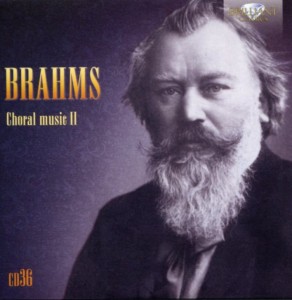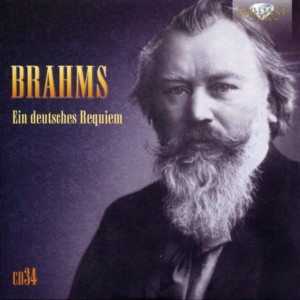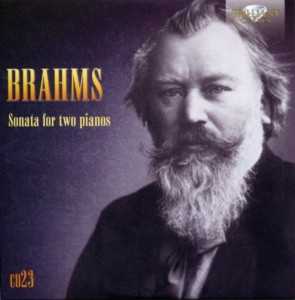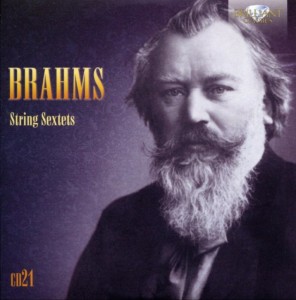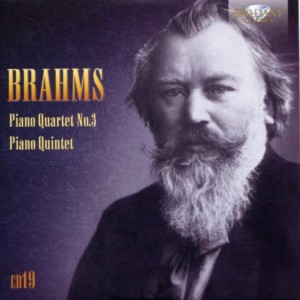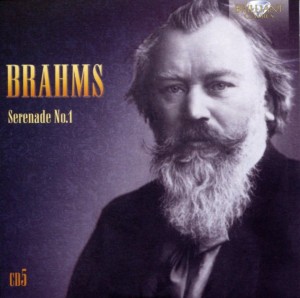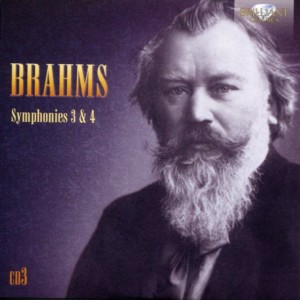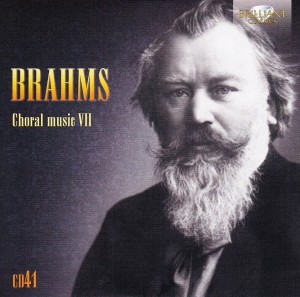 This is starting to feel like I’m caught in an episode of The Twilight Zone, the one where the same events keep repeating.
This is starting to feel like I’m caught in an episode of The Twilight Zone, the one where the same events keep repeating.
I had no idea Johannes was such an aficionado of choral music.
I avoided studying a composer like Verdi for that very reason – he was known for his opera.
If I suspected that Brahms would have been so heavy on the singing, I might have reconsidered my choice to study his works.
Maybe.
I’m still learning a great deal and, for the most part, enjoying my listening.
But I prefer the power and majesty of Beethoven’s symphonies, concertos, and sonatas over this type of singing.
Although this type of singing – as represented on today’s CD – sounds a lot like Gregorian chants. It’s sonorous, echo-y, with occasional very high notes from the sopranos piercing the heavens above the drone.
It’s actually quite mesmerizing.
When I listen to Brahms’ choral music, I have to tune out the German language bits and just listen to the sound of it all at once. If I focus on the words, I chuckle. The German language is really funny. So many harsh consonants and excessive syllables for what in English would be simple word. “Pencil,” for example. In German, it becomes something like, “Leipzichfrauscribundleadverkinten.” (Not, really. But I’m making a point, albeit stretching it a bit.)
The Compositions:
2 Motets Op. 29
Geistliches Lied Op. 30
3 Motets Op. 110
Missa Canonica Wo018 posth.
Gesange Op. 17 for female voices, 2 horns & harp
The Performers:
Chamber Choir of Europe
Jens Wollenschlager organ
Martina Schrott harp
Sebastian Schindler horn
Sebastian Schorr horn
Nicol Matt conductor
Some of this CD is quite good. 3 Motets Op. 110, especially Movement I (“Ich aber bin elend”), for example.
And the surprising Gesange Op. 17 for female voices, 2 horns & harp. It’s a remarkable pairing of instruments (Gesange means choruses). The French horn, alone, always gets my attention. But horn and harp? And some truly fine female voices.
Here. Listen for yourself:
As you can hear, this is an unusual pairing of instruments. NOTE: The harpist is playing in typical Brahms fashion – lots of notes – but it comes out sounding like a Classical guitar (think Segovia).
It’s a very, very interesting composition.
I”m sorry. But I have to give this one a Favorite award.

